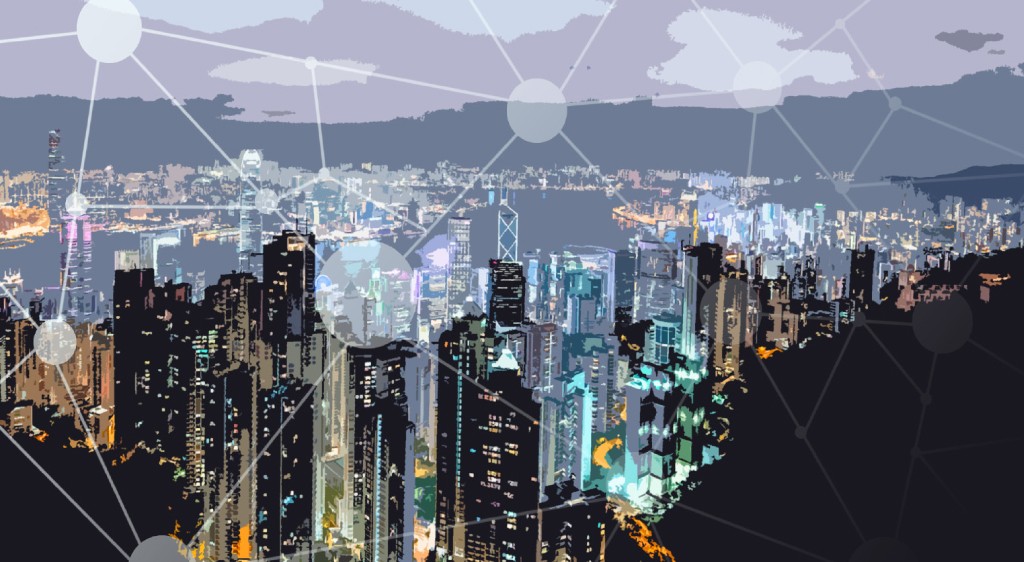Membrane processes for water treatment: What, why and how
By EPR Magazine Editorial January 5, 2019 2:34 pm IST
By EPR Magazine Editorial January 5, 2019 2:34 pm IST

In a developing world, which is yet to mitigate the rural-urban transition and associated population dynamics, the global urban dwellers are sometimes restricted to live in limited access to water, sanitation and hygiene. Urbanisation is accelerating, with a billion and half people expected to move to city in next 20 years, with water consumption predicted to increase by 40 per cent by 2030. Challenges induced by climate change restrict the urban population on limited access to clean water, often due to poor water management issues. An effective and sustainable water management program should anchor around demand-supply management, reducing pollution to water eco-systems and preventing associated infrastructural damages.
Effective water management with sustainable principles and an efficient demand-supply chain is the only sustainable approach to consider water resources as perpetual entities.
India is considered as a high-water stress region and most of Gujarat is falling under extremely high-watershortage area according to studies conducted by World Resource Institute. Large coastal lines, high salinity in the ground water and industrialisation make Gujarat look at seawater desalination as a natural option for potable water.
The water requirement for the Dholera Special Investment Region (DSIR) is optimised by including reuse options of water through sewerage treatment plant and common effluent treatment plant. For potable water requirement water treatment plants are designed are suitable sized and placed at optimised locations.
Provision for sewage treatment plant (STP) and common effluent treatment plant (CETP) are incorporated into the city design, with a return factor of 90 per cent. This has taken away the load on the water treatment plants, the size optimised to just the potable water requirements. Industrial discharges, even though the water management system is optimised to cater to the water requirement of the city in the most efficient way, the availability of water in the Narmada canal, the source of the water treatment plant, is climate dependent.
The unpredictability of water in the Narmada canal has given way to look for possibilities of seawater desalination as an alternative/backup arrangement for potable water requirement. Desalination is usually considered as the last resort for potable water, after considering alternative options, such as accessing groundwater reserves or water recycling. However, it still remains the best option for potable water requirement the most climate-sensitive parts of the world. However, energy intensity, high cost and the environmental effects are the main impediments to adopt desalination as a widespread technology.
Membrane and thermal based desalination are the two widespread desalination technologies used across the world. The membrane replacement cost and the energy required to pump the water across the membranes are the main factors that dominate high cost of membrane-based desalination system. Thermal desalination is cost effective when waste heat recovery is available or in a poly-generation process. The reverse osmosis-based membrane desalination process has matured over the years, and is widely used across the globe. However, RO process has limitations with seawater salinity, stormy weather, pre-treatment requirements, sensitivity to pH, oxidizers, organics, algae, and bacteria and of course particulates and other foulants.
Renewable energies (RES) are expected to have a promising future and an important role in the domain of brackish and seawater desalination. Recent price decrease in renewable energy-based power gives wide prospects of considering integration of renewable energy-based power into most effective desalination systems. Newer desalination technologies have been tried across the globe in pilot scale and the outcomes show prospects either as standalone systems or as hybrid systems.
Authored byWe use cookies to personalize your experience. By continuing to visit this website you agree to our Terms & Conditions, Privacy Policy and Cookie Policy.